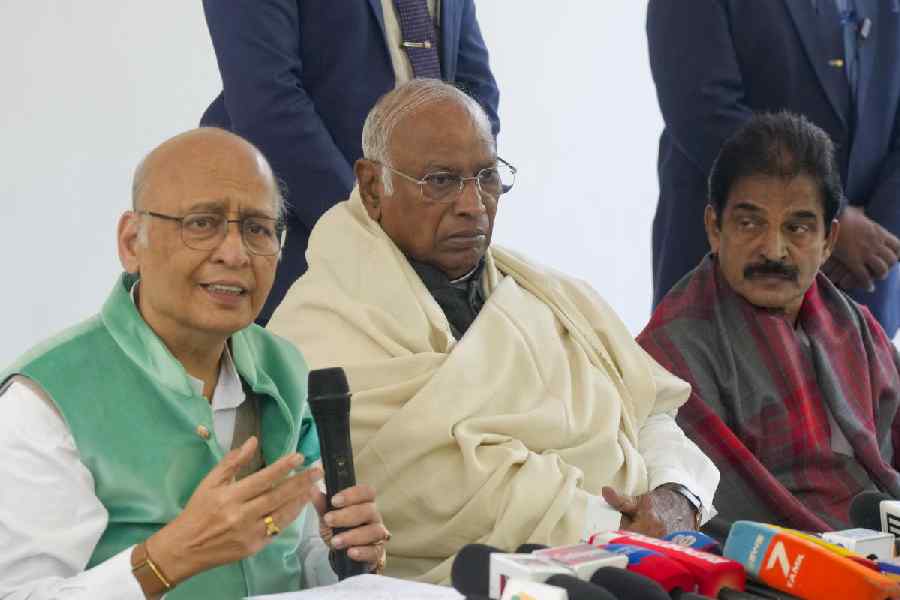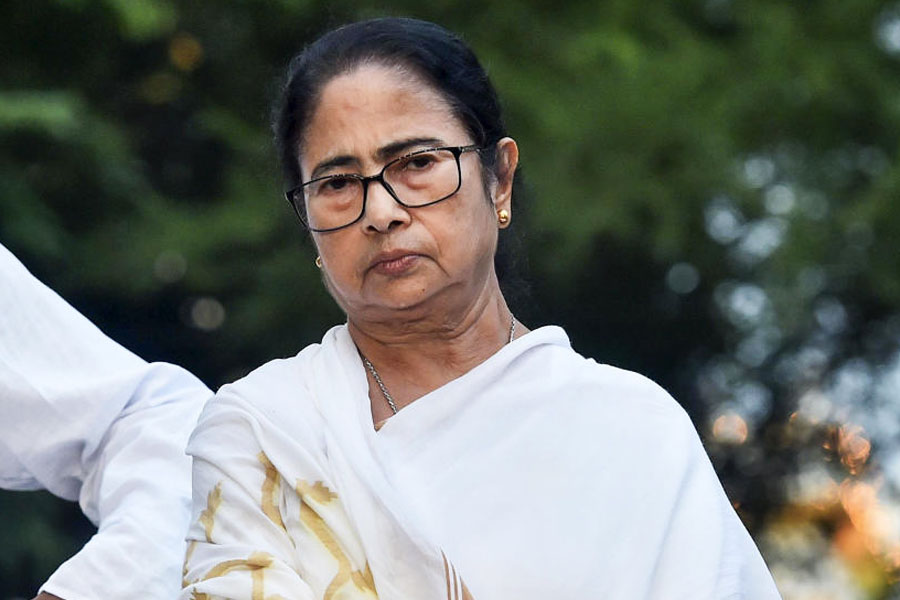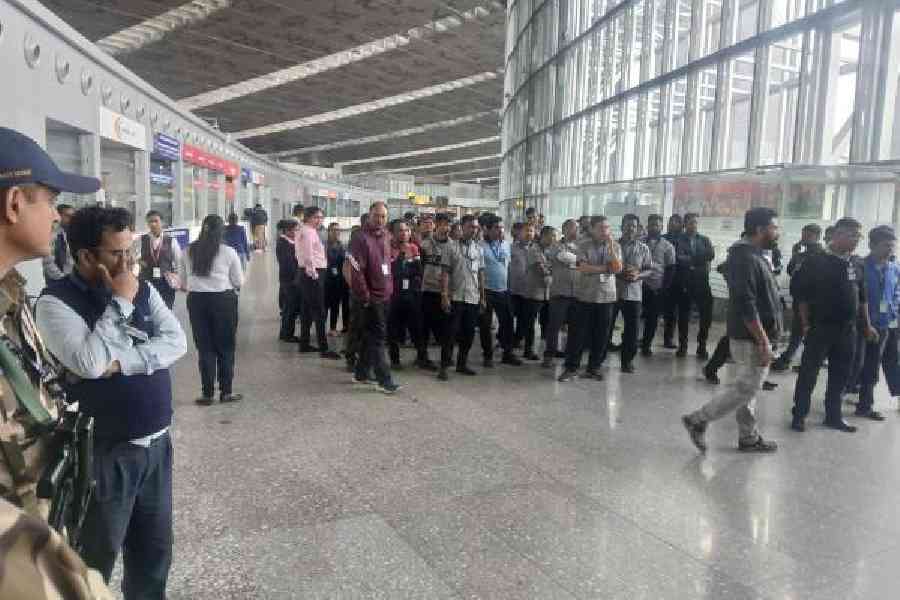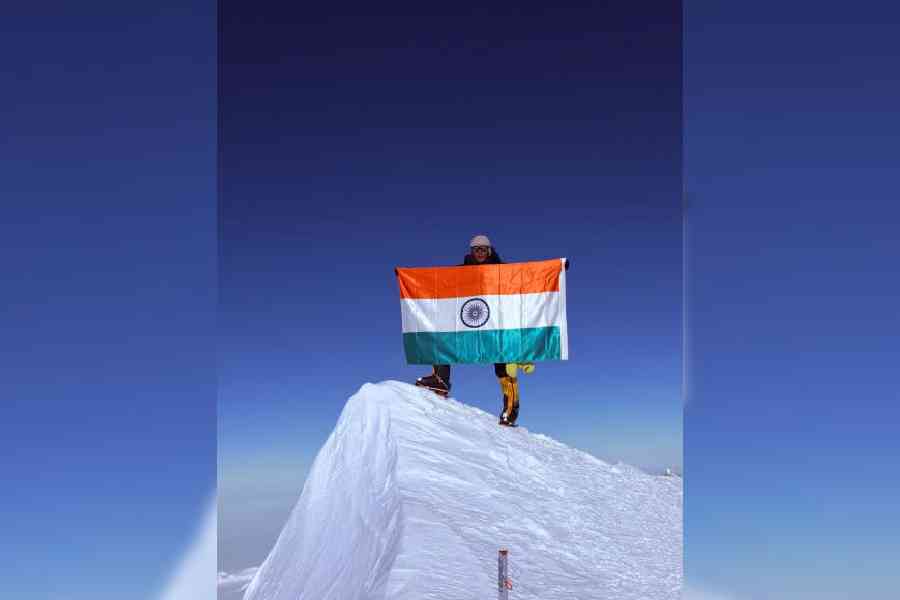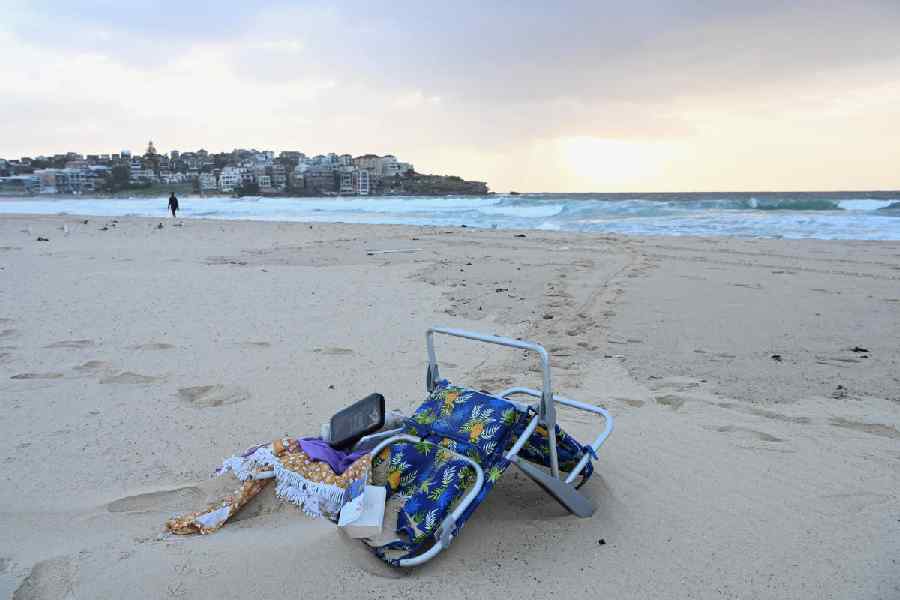 |
 |
 |
| HOLIDAY HOTSPOTS: Films like ( from top) Zindagi Na Milegi Dobara, Krrish and Mausam have showcased foreign destinations |
The historic Grassmarket market square in the old town of Edinburgh. The quiet Portobello cemetery. The impressive Dugald Stewart Monument. The magnificent Usher Hall. For Rs 150 — the Scottish city of Edinburgh is unfurling in a cinema hall next to you.
Fans of Shahid Kapur and Sonam Kapoor will have more than their share of fun watching Mausam. For complementing their favourite stars on the screen is the scenic beauty of Scotland.
“Scotland is the second most visited destination among Indians,” says Ritushri Dhanker, public relations manager of Visit Britain, the British tourism office. “And Bollywood has certainly contributed towards increasing Scotland’s popularity among tourists,” she says.
Hindi cinema these days is not just about emotional stories. Increasingly, a bit of geography is rolling in as well. Zindagi Na Milegi Dobara, a July hit, gave audiences not just three handsome hunks and a leggy lass to ogle at, but opened a window to picturesque Spain as well.
“We insisted that Spain be showcased as warm and friendly, as a place full of fun and fiesta,” says Madhu Saliankar, market analyst at the Mumbai chapter of Spain’s tourism office.
Director Zoya Akhtar, whose crew stayed in Spain for two-and-a-half months for the shoot, stresses that she inked no deal with the board. “Because the plot called for a bull run we shot in Spain,” she says. But the cinematic backdrop, clearly, ended up sparking a great interest in Spain among Indian tourists.
“We were flooded with queries about places featured in the film,” says Kashmira Commissariat, chief operating officer of the outbound division of tour operators Kuoni India.
Industry insiders say many films are being shot in countries abroad with the help of local tourism authorities who woo Bollywood with offers to facilitate shoots, hospitality and other incentives.
“The deals are often struck at cocktail parties where foreign officials make a pitch for their countries as destinations for shoots,” says producer-director Mahesh Bhatt. “They also give subsidies for travelling for a pre-shoot reconnaissance,” he says.
Film industry watcher Taran Adarsh describes it as a quid pro quo arrangement. “Filmmakers get subsidies from the host country for shooting while the latter gets wide publicity,” he says.
Spain’s tourism authority helped Akhtar’s team in many ways, says Salainkar. “We facilitated the crew’s stay in the country and also provided local artists for some scenes.”
Of course, foreign locales are not new to Bollywood. Switzerland and Britain, in particular, have been old favourites. And the Alps continue to be a favourite backdrop. Apart from its natural beauty, filmmakers are also drawn to Switzerland for practical reasons. Visas for film units, for instance, are issued within a day. Technical facilities too are readily available.
“When production companies approach us for a shoot, we study the script to see how the film showcases our country,” says Michael Maeder, director, Switzerland Tourism India.
And, clearly, if showcased well, tourists throng Swiss cities. Around 4,00,000 Indian tourists visited Switzerland in 2010. This year, there has been a 33 per cent rise in the number of Indian tourists. Some travel agencies even guide tourists to spots where Yash Chopra’s popular films were shot.
In recent years, however, the focus has been on other exotic locales. The silver beaches and blue waters of Seychelles, for instance, are a big hit among film directors today.
“The Seychelles government goes out of its way to help film crews. It gave us excellent bargains in terms of freight, flight, hotel accommodations and so on,” says Bhatt, who shot Papa Kehte Hain (1996) and Fareb (2005) in Seychelles.
Mauritius is another popular locale. Production house Venus Movies has shot more than a dozen films — including Baazigar and Main Khiladi Tu Anari — in Mauritius. “The Mauritius government contacted us and persuaded us to shoot there,” says Sanchita Chatterjee, executive producer, Venus Worldwide Entertainment.
Directors say they are happy shooting abroad.“In India, filmmakers don’t get any subsidies for shooting anywhere. Plus, hotels, transportation and other logistics are very expensive unlike in many foreign destinations,” says Bhatt.
These days, Singapore has been getting a boost — thanks to Rakesh Roshan’s Krrish and Priyadarshan’s De Dana Dan, which were shot there. The Singapore Tourism Board invested $6.3 million in its “Film in Singapore” scheme which subsidises international film productions by up to 50 per cent.
A nother newly discovered shooting locale is Korea, where Bhatt’s 2006 film Gangster was shot. Two years ago, the Korean Tourism Organisation signed Shah Rukh Khan as its cultural ambassador to promote tourism and encourage Indian filmmakers to shoot in Korea.
Thailand has been a popular shooting destination for some years. In 2010 alone, 128 Indian films were shot there. Thailand earned $60 million from foreign films. “A good portion of this comes from Indian films,” says Chattan Kunjara Na Ayudhya, director, Tourism Authority of Thailand (TAT).
Some tourist spots are particularly popular. “Travellers have been visiting Krabi in southern Thailand ever since the song Kaho Na Pyaar Hai was filmed there,” says Carl Vaz of the Mumbai-based Charson Advisory Service, the public relations firm that assists TAT.
Clearly, Hindi films are not just for viewing. Some of them even help you plan your next holiday.


